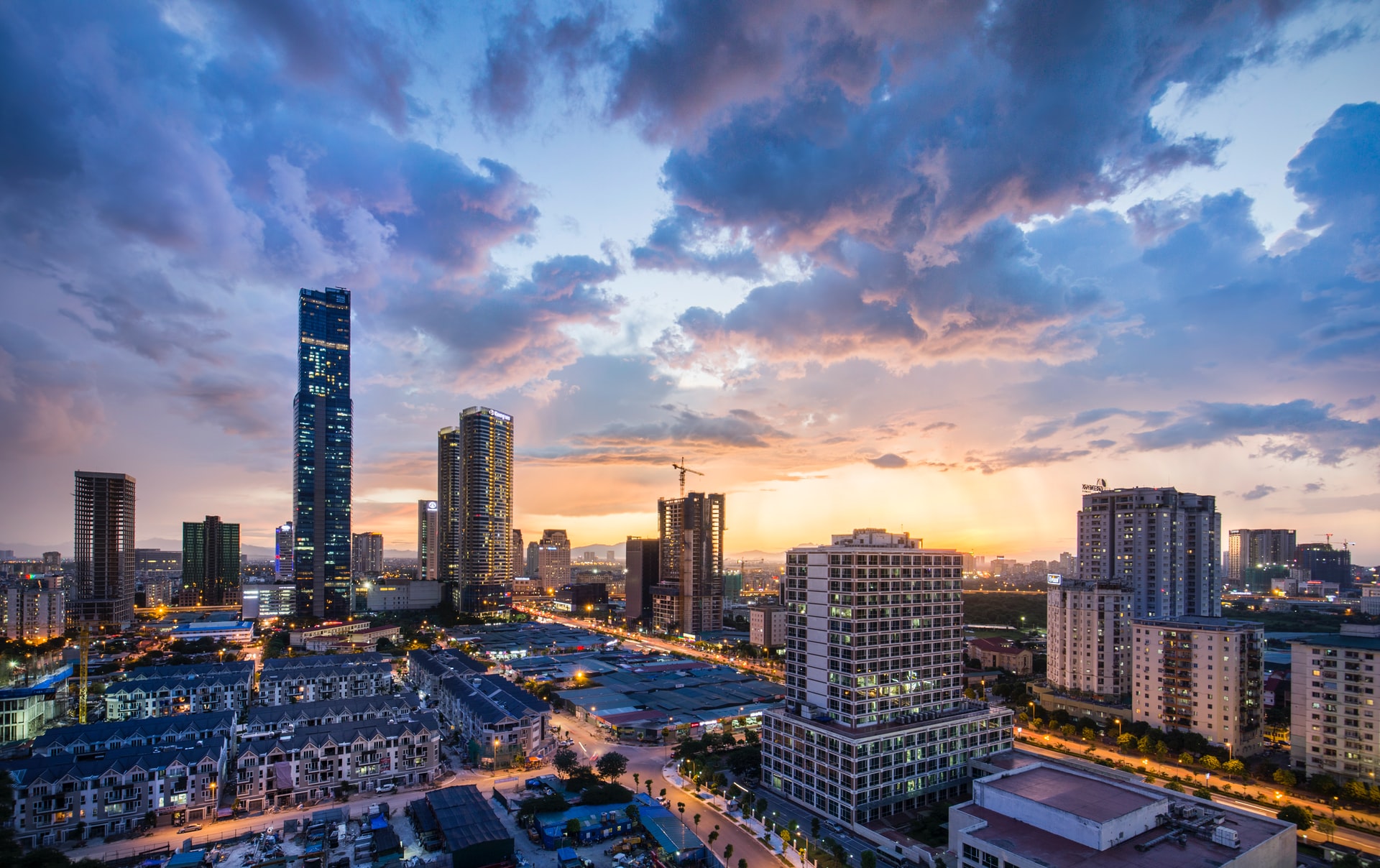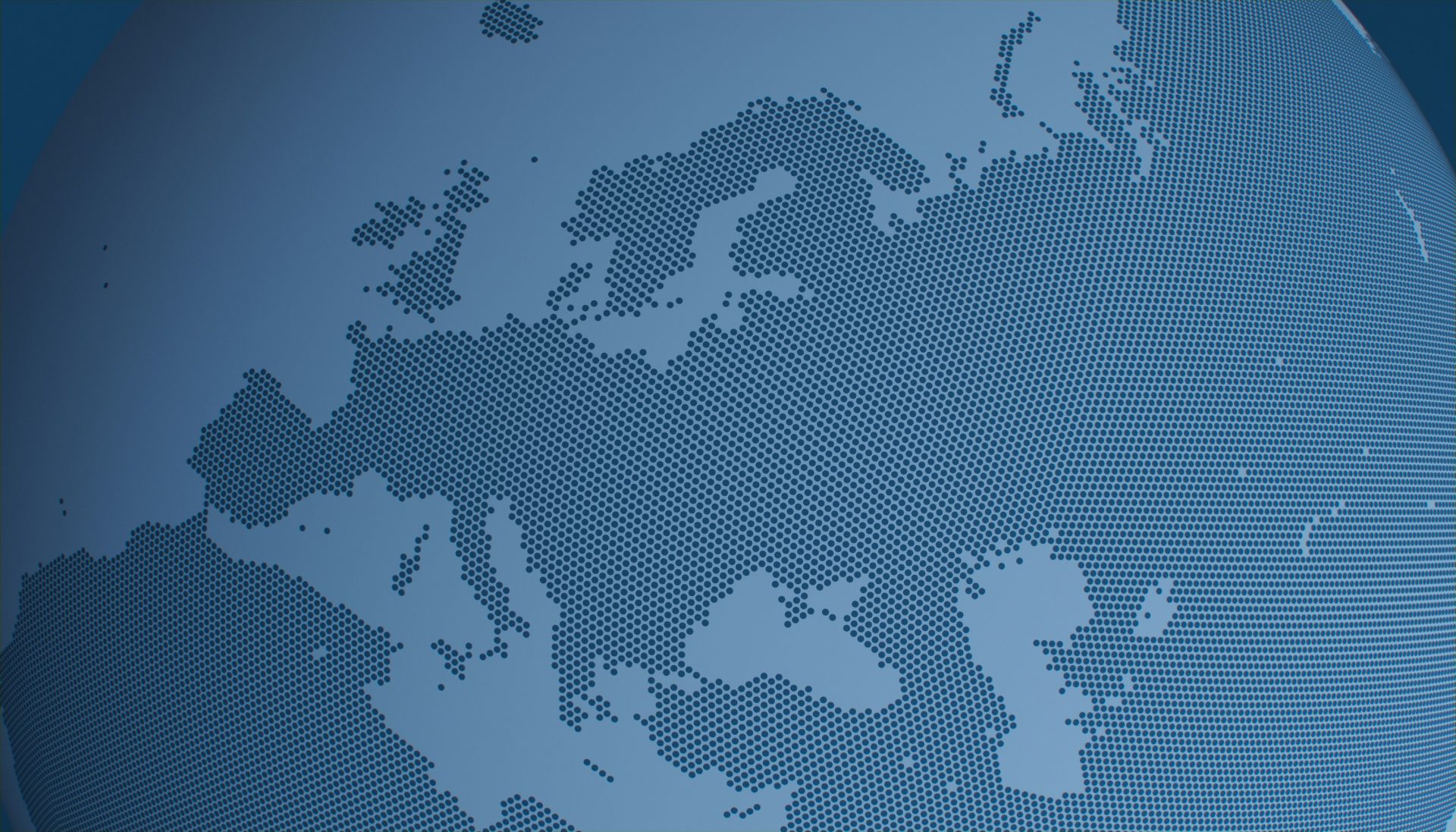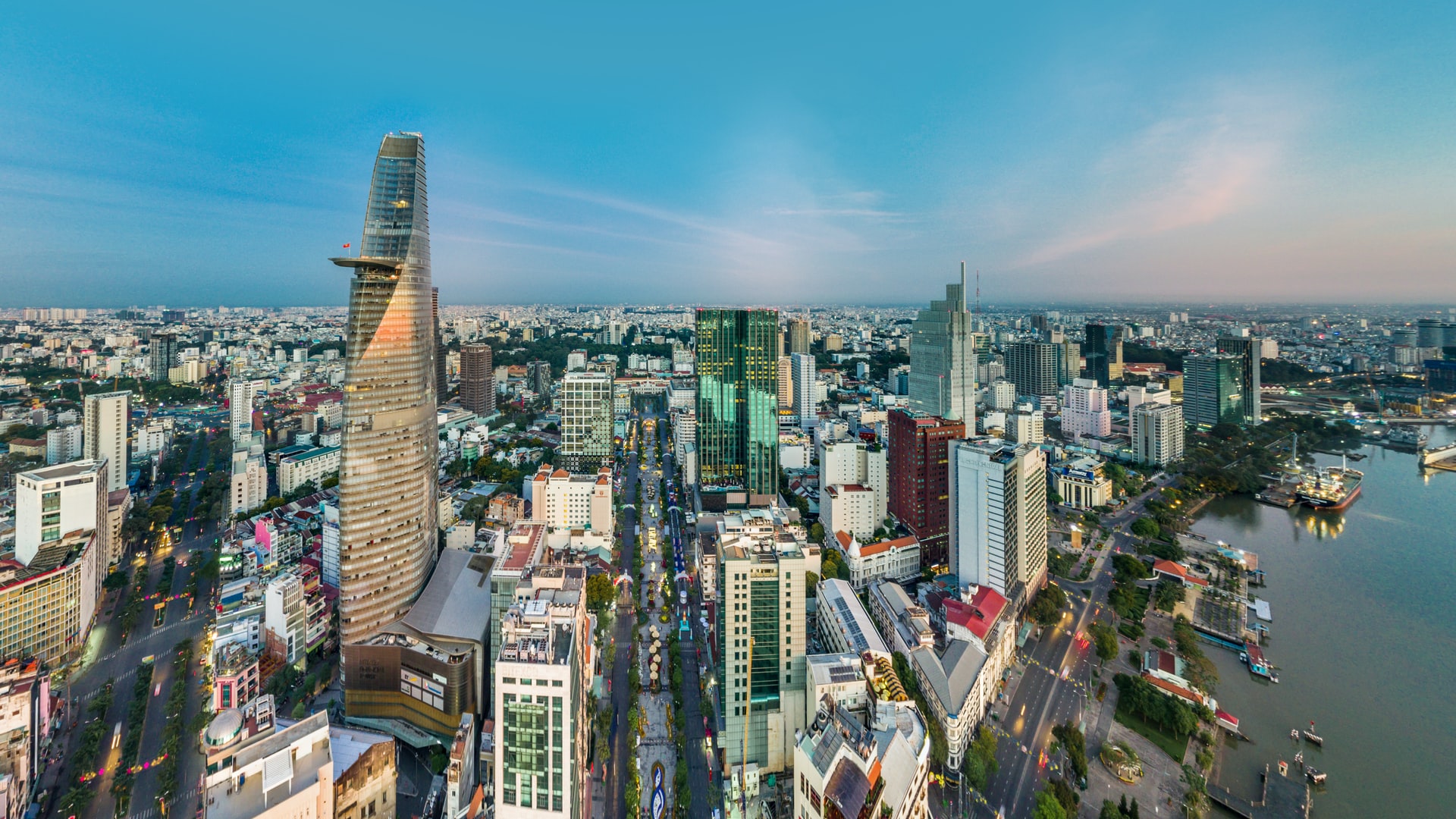The Growing Dynamism of Vietnam
Vietnam is one of ASEAN’s fastest developing member nation. It all began with Vietnam’s proposed policy in 1986 to build a peaceful co-existence with other nations in the region. This finally led to Vietnam joining the ASEAN in 1995. Vietnam also promoted the admission of Laos, Myanmar and Cambodia in the bloc, thus resulting in ASEAN’s “big family” dream of 10 countries in Southeast Asia.
Vietnam’s GDP has substantially grown from US$20.74 billion recorded in 1995 to US$271.16 billion in 2020. A significant growth in the 25 years since it started opening its economy and holding multilateral talks with other nations in the region.
Vietnam has several free trade agreements (FTAs) with other ASEAN member states and is also part of some large FTAs such as the CPTPP (Comprehensive and Progressive Agreement for Trans-Pacific Partnership) and the RCEP (Regional Comprehensive Economic Partnership). A recent World Bank report estimates that Vietnam will gain the most among the RCEP member countries as its income level will increase by 4.9% relative to the baseline; while its exports will increase by 11.4% due to the RCEP.
Vietnam looks destined to register dynamic growth. This is one of the topics being discussed in the upcoming Horasis India Meeting, which will be held between 25 to 26 September, 2022 in Vietnam. The meeting will bring together 300 of the most senior members of Horasis to inspire Vietnam’s next big leap.
2021-25 Five-year Plan
Vietnam’s 2021-25 five-year plan was approved in February 2021. The plan continues to mirror its earlier manufacturing-led growth strategy, with its real GDP growth forecasts to trend around 6.5% to 7.0% between 2021-25.
Additionally,, the other economic targets set for the period are GDP per capita of US$4,700 to US$5,000 by 2025, up from US$2,750 in 2020. The digital economy is expected to grow by 20%; while the urbanization rate will reach 45% by 2025.
Socially, the country expects average life expectancy of its people to be about 74.5 years; with about 95% of the population possessing health insurance. Unemployment rate in urban areas will reduce to below 4%; while poverty rate will annually decline by 1% to 1.5%.
The five-year plan also ensures to reduce the public debt to 47.5% of GDP by 2025; which in 2020 stood at 56.8%. The private sector is expected to account for 55% of GDP with about 1.5 million companies by 2025. Vietnam has set a target of 2 million companies accounting for 60% to 65% of GDP by 2030.
Development at Pace
The country also plans to invest in infrastructure development to enhance transport, energy, agriculture and rural infrastructure, and urban infrastructure. In April 2021, Vietnam’s transport ministry has proposed three options, which approximately cost between US$43 billion and US$65 billion. Overall, the proposed plans will see the development of thousands of kilometers of expressways; along with completion of the largest international airport in the country; and construction of two high-speed railways, running between Hanoi and Vinh, and Ho Chi Minh City and Nha Trang.
Vietnam plans to issue 5G licenses to the nation’s three carriers – Viettel, Vinaphone and Mobifone in 2022, with coverage to start in Hanoi, Ho Chi Minh City and other urban areas. This will certainly boost internet-based businesses and other more traditional sectors such as banking and education to digitalize faster.
The country is also a lucrative hub in the region for renewable energy development. In 2020, Vietnam had over 7.4 GW (Gigawatts) of rooftop solar power connected to its national grid. This was a 25-fold increase compared with 2019. In 2020, Vietnam’s rooftop solar power increased to 16.5 GW and wind energy stood at 11.8 GW. The projection for investments in the renewables sector is also expected to grow. Between 2020 and 2030, the solar power market will grow by 12.8%; while the wind power market will surge by 34.2% year-on-year.
Relations with India
Vietnam and India share strong bilateral ties. Other than defense and security collaboration, the bilateral trade between the two has increased from US$200 million in 2000 to US$14.14 billion in 2021-2022. Both also jointly collaborate in a number of programs such as the Mekong-Ganga Project, Indian Technical and Economic Cooperation (ITEC) and e-ITEC initiatives, Ph.D. fellowships and digital connectivity to boost infrastructure and connectivity projects, while also promoting tourism and people-to-people exchanges.
Vietnam passed a revised investment and public-private-partnership law in 2020, further opening its economy and encouraging foreign investments into large infrastructure projects and increasing linkages between foreign investors and the Vietnamese private sector. It is a boon considering several Indian businesses are actively exploring opportunities to invest in Vietnam. “Bilateral trade between India and Vietnam is expected to reach US$15 billion by 2022 or 2023 from US$13.2 billion in 2021,” said Ambassador of Vietnam to India Pham Sanh Chau at an interactive session organized by the Merchants’ Chambers of Commerce & Industry, on May 2022.
It will be a win-win situation for both the countries, considering Vietnam can provide Indian companies planning to enter the Southeast Asian market with cheap and talented labor, and many more opportunities for bilateral trade.
Photo Caption: A storm passes over Hanoi, Vietnam




